What does genital herpes look like
Epididymitis is usually caused by an STI, like gonorrhea or chlamydia, or a urinary tract infection.
What’s This Rash? Pictures of STDs and STIs
If you’re worried that you or your partner may have contracted a sexually transmitted infection (STI), read on for the information you need to recognize the symptoms.
Some STIs have no symptoms or only mild ones. If you’re concerned but don’t see symptoms identified here, check with your doctor to discuss your STI risks and appropriate testing.
Discharge from the vagina
Small amounts of discharge, especially from the vagina, is often normal.
But some sexually transmitted conditions can cause discharge from the genitals. Depending on the condition, the color, texture, and volume of the discharge may vary.
Though many people with chlamydia don’t have symptoms , this condition sometimes produces a mucus- or pus-like vaginal discharge.
With trichomoniasis, or “trich,” the vaginal discharge looks frothy or foamy and has a strong, unpleasant odor.
A yellowish or yellow-green vaginal discharge can be a symptom of gonorrhea, although most people who contract it will have no symptoms at all.
Discharge from the penis
Some conditions can cause discharge or even bleeding from the penis.
Gonorrhea produces a white, yellow, or greenish discharge from the penis.
Chlamydia symptoms may include a pus-like discharge from the penis, or the fluid may be watery or milky-looking.
Trichomoniasis doesn’t usually show symptoms, but it can cause discharge from the penis in some cases.
HPV and genital warts
With the human papillomavirus (HPV), the body often naturally clears the virus. However, the body can’t remove all strains of HPV.
Some strains of HPV cause genital warts. The warts can vary in size and appearance. They can look:
- flat
- raised
- large
- small
- cauliflower-shaped
All genital warts need medical attention. Your doctor will determine whether the warts are caused by the strains of HPV that may cause anogenital cancer.
Severe HPV may cause several warts in the genital or anal areas.
Herpes
Blisters on or around the genitals, rectum, or mouth may signal an outbreak of herpes simplex virus. These blisters break and produce painful sores, which can take several weeks to heal.
Herpes blisters are painful. There may be pain while urinating if the herpes blisters are close to the urethra.
It’s important to remember that herpes can still spread from one person to another, even if there are no visible blisters.
Granuloma inguinale
Granuloma inguinale usually starts with a nodule that erodes into an ulcer. The ulcer is usually painful.
Syphilis
A single, round, firm, painless sore is the first symptom of syphilis, a bacterial STI. The sore can appear wherever the bacteria entered the body, including the:
- external genitals
- vagina
- anus
- rectum
- lips
- mouth
One sore appears at first, but multiple sores may appear later. The sores are generally painless and often go unnoticed.
Secondary stage syphilis rash and sores
Without treatment, syphilis progresses to a secondary stage. Rashes or sores in mucous membranes of the mouth, vagina, or anus occur during this stage.
The rash may look red or brown, and have a flat or velvety appearance. It usually doesn’t itch.
The rash can also appear on the palms or soles of the feet, or as a general rash on the body. Large gray or white lesions may appear in moist areas in the groin, under the arms, or in the mouth.
Epididymitis is usually caused by an STI, like gonorrhea or chlamydia, or a urinary tract infection.
Epididymitis is the clinical term for pain and swelling in one or both testicles. People with penises who contract chlamydia or gonorrhea may experience this symptom.
Chlamydia can spread to the rectum. In these cases, symptoms may include:
- prolonged rectal pain
- painful bowel movements
- discharge
- rectal bleeding
Gonorrhea rectal symptoms include:
- pain and itching in the anus
- bleeding
- discharge
- painful bowel movements
Pain, pressure, or burning during or after urination, or more frequent urination, may be a symptom of chlamydia, trichomoniasis, or gonorrhea in people with a vagina.
Because gonorrhea in people with a vagina often produces no symptoms or only mild symptoms that can be confused with a bladder infection, it’s important not to ignore painful urination.
In people with a penis, either trichomoniasis or gonorrhea may cause painful urination. Pain after ejaculation may also occur in those who contract trichomoniasis.
Many STIs can be treated and cured, especially if diagnosed early.
If you’re experiencing any of the above symptoms, see a healthcare provider to get a diagnosis and appropriate treatment.
Last medically reviewed on November 5, 2020
What does genital herpes look like?
Many people who have genital herpes don’t show symptoms, or the symptoms are so mild they don’t notice them — so they might not even know they have it. When herpes does cause symptoms, the most common one is sores and blisters that show up on the parts of your body where the infection lives. This is called an “outbreak.”
X in a circle
Want to get tested for herpes?
What does the beginning of genital herpes look like?
Right before an outbreak, you might feel tingling, itching, or burning around the area where the sores will happen. You might also notice some small discolored or white bumps starting to form. Genital herpes sores can appear on your vagina , vulva , cervix , penis , scrotum (balls), butt, anus , or upper thighs.
What does a genital herpes outbreak look like?
Genital herpes outbreaks usually look like a cluster of itchy or painful blisters filled with fluid. They may be different sizes and appear in different places. The blisters break or turn into sores that bleed or ooze a whitish fluid. As the outbreak comes to an end, the herpes sores will scab over and eventually go away. The sores can take a week or more to heal.
Symptoms of genital herpes look different at different stages of the outbreak — they usually start out mild but get worse as the outbreak goes on. You can also have flu-like symptoms during an outbreak, like a fever, chills, body aches, and swollen glands. Herpes outbreaks look different in different people, and your next outbreak might look different from your last one.
Your first genital herpes outbreak is usually the worst one. If you do have more outbreaks, they’re usually shorter and less painful. Most people get fewer outbreaks over time, and some people stop having them altogether. There’s no way to know for sure if you’ll have another outbreak, or how often you’ll get them — it’s different for every person. Your nurse or doctor can give you herpes medicine to help prevent or treat outbreaks, and there are ointments that can make your sores heal faster and hurt less.
Herpes sores can look a lot like other skin problems, like acne, contact dermatitis, or ingrown hairs. So the only way to know for sure if you have herpes is to see a nurse or doctor, like the ones at your local Planned Parenthood health center.
What does genital herpes look like when it’s healing?
As your herpes outbreak comes to an end, your herpes sores will begin to crust over, scab like a small cut, and eventually go away. The sores can take a week or more to heal.
Your nurse or doctor can give you herpes medicine to help prevent or treat outbreaks, and there are ointments that can help make your sores heal faster and hurt less.
What do I do if I have genital herpes?
Some people have a lot of fears and misconceptions about herpes, but it’s a common STD. It can be painful and uncomfortable during outbreaks, but it’s not deadly and it doesn’t cause serious health problems. So if you have genital herpes, try not to panic or feel too bad about it. Millions of people are living with herpes, so you’re not alone. And even though there’s no cure for herpes, there are plenty of ways to treat the symptoms and manage the infection. Your doctor will tell you about the best treatment options for your situation.
- Yes
- No
Help us improve – how could this information be more helpful?
How did this information help you?
Pictures and Facts About STDs

You don’t have to have sex to get an STD. Skin-to-skin contact is enough to spread HPV, the virus family that causes genital warts. Some types cause warts and are usually harmless, but others may lead to cervical or anal cancer. Vaccines can protect against some of the most dangerous types.
Signs: Pink or flesh-colored warts that are raised, flat, or shaped like cauliflower. Often there are no symptoms.

Crabs (Pubic Lice)
2/23
“Crabs” is the common term for lice that set up shop in pubic hair. The term comes from the shape of the tiny parasites, which look very different from head or body lice. The creatures crawl from one person to another during close contact. Pubic lice can be killed with over-the-counter lotions.
Symptoms: Intense itching, tiny eggs attached to pubic hair, or crawling lice.

Scabies
3/23
Scabies is an itchy infestation caused by a tiny mite that burrows into human skin to lay eggs. It is not always an STD, as it can spread through any skin-to-skin contact. But among young adults, the mites are often acquired during sex. Scabies is treated with prescription creams.
Symptoms: Intense itching especially at night and a pimple-like rash. It may take 2-6 weeks for symptoms to appear.
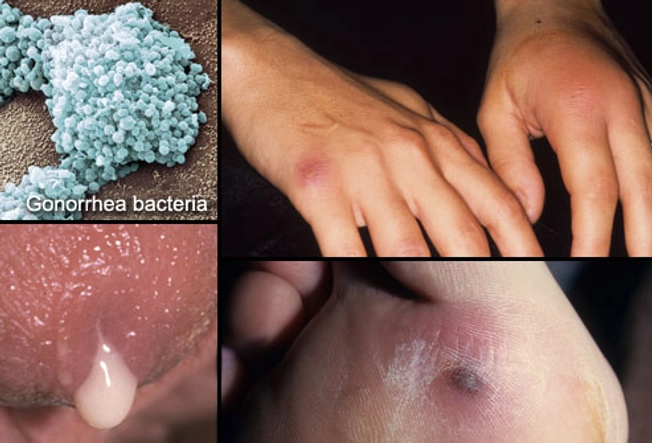
The Clap (Gonorrhea)
4/23
Gonorrhea spreads easily and can lead to infertility in both men and women, if untreated. Antibiotics stop the infection.
Symptoms: Common symptoms are burning during urination and discharge, but often there are no early symptoms. Later, the infection may cause skin rashes or spread to the joints and blood.
In Men: Discharge from the penis, swollen testicles.
In Women: Vaginal discharge, pelvic pain, spotting. Symptoms may be mild and are easily confused with a urinary tract or vaginal infection.
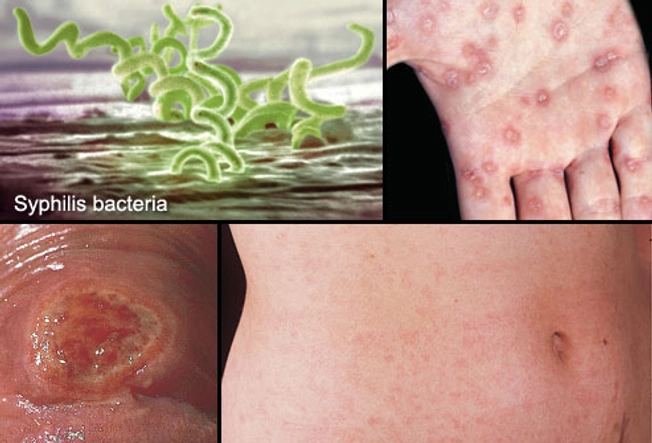
Syphilis
5/23
Most people don’t notice the early symptoms of syphilis. The USPSTF recommends screening for syphilis infection in persons who are at increased risk for infection. Without treatment, it can lead to paralysis, blindness, and death. Syphilis can be cured with antibiotics.
Signs and Symptoms: The first sign is usually a firm, round, painless sore on the genitals or anus. The disease spreads through direct contact with this sore. Later there may be a rash on the soles, palms, or other parts of the body (seen here), as well as swollen glands, fever, hair loss, or fatigue. In the late stage, symptoms come from damage to organs such as the heart, brain, liver, nerves, and eyes.
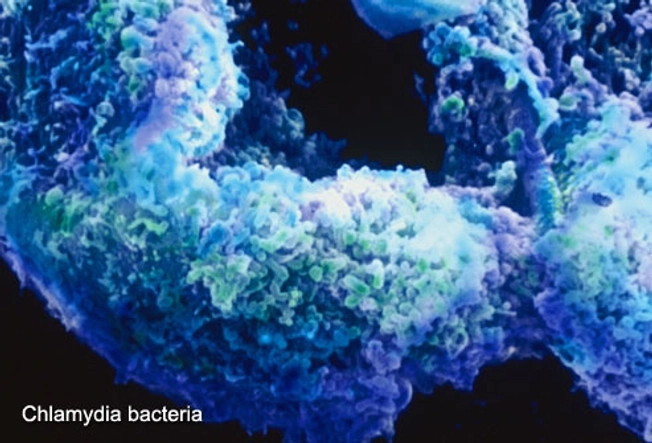
Chlamydia
6/23
Chlamydia is a common STD that can lead to infertility if left untreated. It clears up quickly with antibiotics. But it often goes unnoticed because symptoms are vague or absent. Chlamydia can also infect the rectum and throat.
Symptoms in Men: Burning and itching at the tip of the penis, discharge, painful urination.
Symptoms in Women: Vaginal itching, discharge that may have an odor, pain during sex, painful urination.

Herpes Simplex Virus Type 1
7/23
That painful cold sore you get on your lip every now and then? It’s probably caused by a type of herpes virus called HSV-1. This virus is usually not an STD; it spreads easily among household members or through kissing. But it can be spread to the genitals through oral or genital contact with an infected person. Though there is no cure, drugs can shorten or prevent outbreaks.
Signs and Symptoms: Occasional cold sores or “fever blisters” on the lips. Small blister or sores on the genitals are also possible.
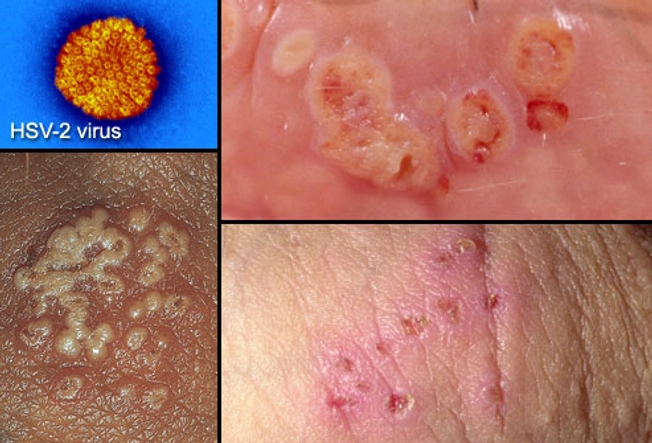
Herpes Simplex Virus Type 2
8/23
Most cases of genital herpes are caused by a virus called HSV-2. It’s highly contagious and can spread through intercourse or direct contact with a herpes sore. As with HSV-1, there is no cure. But antiviral drugs can make outbreaks less frequent and help clear up symptoms more quickly.
Symptoms: Fluid-filled blisters that form painful, crusted sores on the genitals, anus, thighs, or buttocks. Can spread to the lips through oral contact.
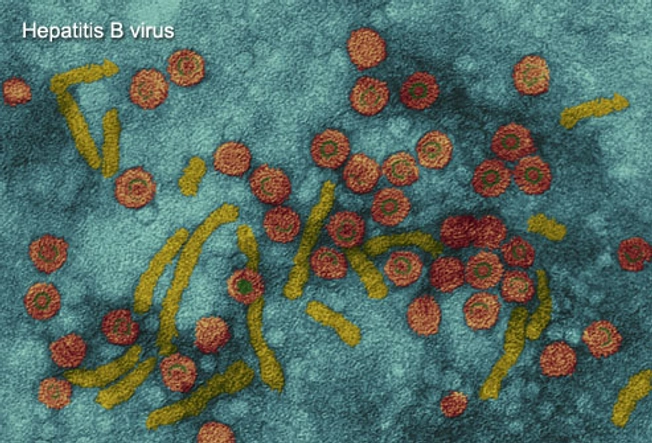
Hepatitis B
9/23
Hepatitis B is a stealthy virus that can cause severe liver damage. It spreads through contact with blood and other body fluids. People can be infected through sex, needle sharing, and at birth, as well as by sharing razors and toothbrushes. There is no cure, but drugs can keep the virus in check. There’s also an effective vaccine to prevent hepatitis B.
Symptoms: People may develop nausea, belly pain, dark urine, fatigue, and a yellowing of the skin or eyes with acute infection. Chronic infection can lead to liver cirrhosis and liver cancer. Many people have no symptoms for years.
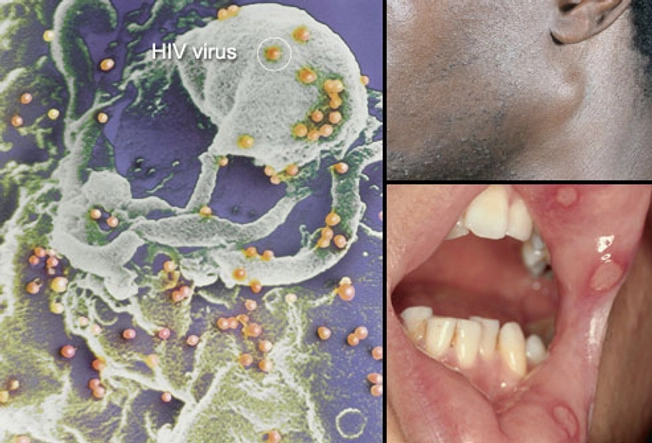
HIV/AIDS
10/23
The HIV virus weakens the body’s defense against infections. HIV spreads through unprotected sex, needle sharing, or being born to an infected mother. It may cause no symptoms for years, so a blood test is the best way to learn your status. Timely treatment is important to help prevent serious illnesses.
Early symptoms of HIV Infection: Many have no symptoms, but some people get temporary flu-like symptoms one to two months after infection: swollen glands (seen here), a fever, headaches, and fatigue. Canker sores in the mouth can occur, too.
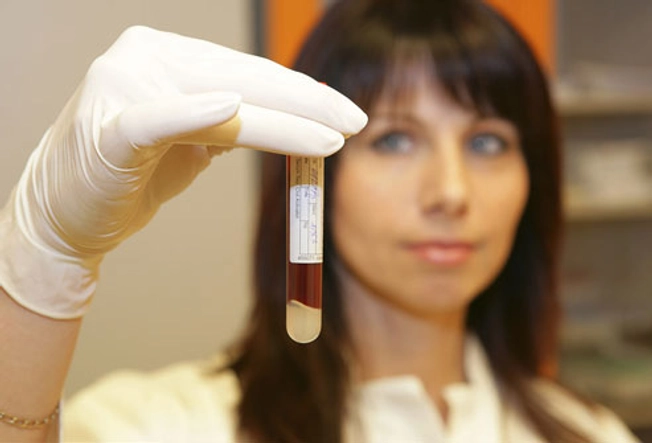
HIV/AIDS Tests
11/23
Reliable HIV tests can be done in a clinic or at home with the FDA-approved Home Access brand test kit. Anonymous tests use only a number to identify you. One limitation is the “window period” of up to six months after exposure to HIV when these antibody tests sometimes do not find the virus. You can pass HIV to others during that time.
If You Suspect HIV/AIDS: If you’ve been exposed to HIV, starting medications immediately can help prevent infection. If you have the virus, treatments can help prevent HIV from turning into AIDS.
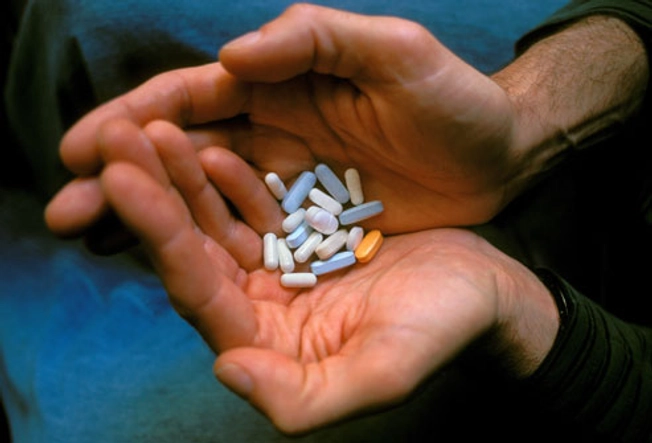
HIV/AIDS Treatment Options
12/23
While there is no cure for HIV, there are medications that can suppress the amount of virus multiplying inside the body. People take a combination of antiviral drugs in hopes of preventing the infection from advancing to AIDS. Additional treatments can help prevent or fight off serious infections, if the immune system has weakened.
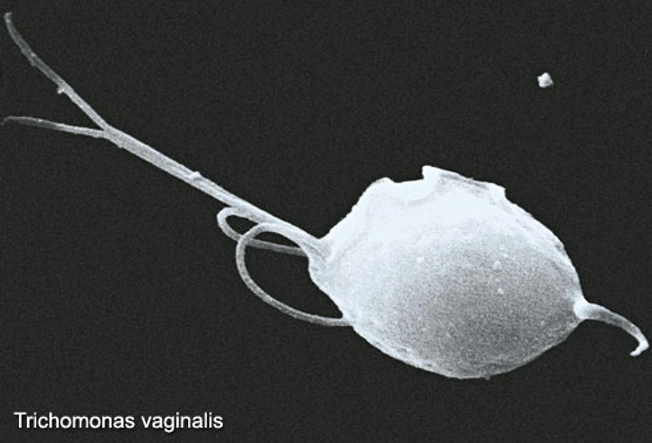
Trichomoniasis
13/23
Trichomoniasis is caused by a parasite that spreads during sexual contact. It can be cured with prescription drugs.
Signs and Symptoms in Men: Most men have no obvious symptoms. Some develop a mild discharge or slight burning during urination.
Signs and Symptoms in Women: Women may develop a yellow-green discharge with a strong odor, vaginal itching, or pain during sex or urination. Symptoms usually begin five to 28 days after acquiring the parasite.
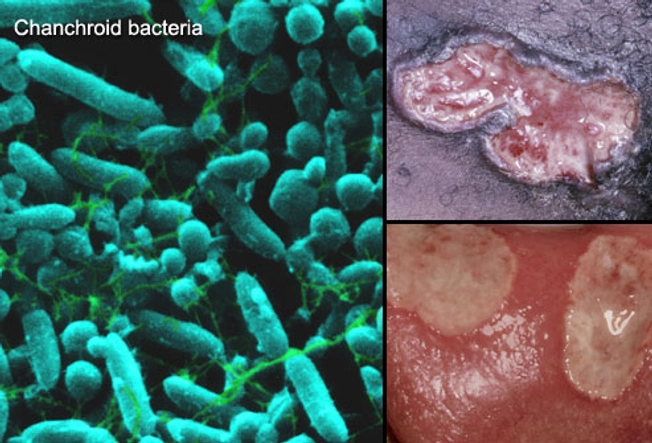
Chancroid
14/23
Chancroid is a bacterial STD that is common in Africa and Asia but rare in the U.S. It causes genital sores that can spread the bacteria from one person to another. Antibiotics can cure the infection.
Symptoms in Men: Painful bumps on the penis that may develop into pus-filled open sores, pain in the genitals and groin.
Symptoms in Women: Painful bumps in the genital area that can develop into open sores, swollen lymph nodes in the groin.
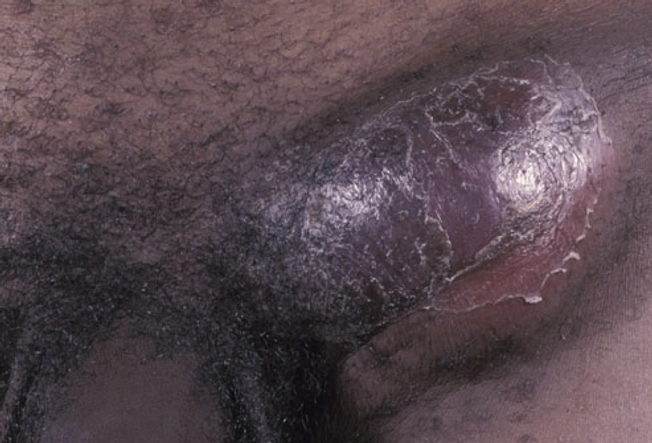
LGV (Lymphogranuloma Venereum)
15/23
LGV is caused by a type of chlamydia that is usually rare in the U.S. But it’s becoming more common in men who have sex with men. Like other forms of chlamydia, it can be cured with antibiotics.
Symptoms: Open sores on the genitals or anus, headache, fever, fatigue, and swollen lymph glands in the groin (seen here). If acquired through anal sex, LGV may cause rectal bleeding or discharge.

Pelvic Inflammatory Disease
16/23
Not an STD itself, pelvic inflammatory disease (PID) is a serious complication of untreated STDs, especially chlamydia and gonorrhea. It happens when bacteria spread to infect the uterus and other female reproductive organs. Prompt treatment is essential to prevent damage to a woman’s fertility.
Signs and Symptoms: Lower abdominal pain, fever, unusual discharge, painful intercourse, painful urination, and spotting. However, there are often no warning signs.

Who’s at Risk for STDs?
17/23
Anyone who is sexually active is at risk for an STD, regardless of gender, race, social class, or sexual orientation. That said, teenagers and young adults acquire STDs more easily than older people. By age 25, half of sexually active adults get an STD. Having multiple sex partners also raises the risk. The CDC has noted that some STDs are on the rise in men who have sex with men, including syphilis and LGV.

Can Virgins Get STDs?
18/23
Yes, they can. Many STDs spread through any type of sexual activity, including skin-to-skin contact and oral sex. This is especially true of STDs that produce genital lesions or sores.
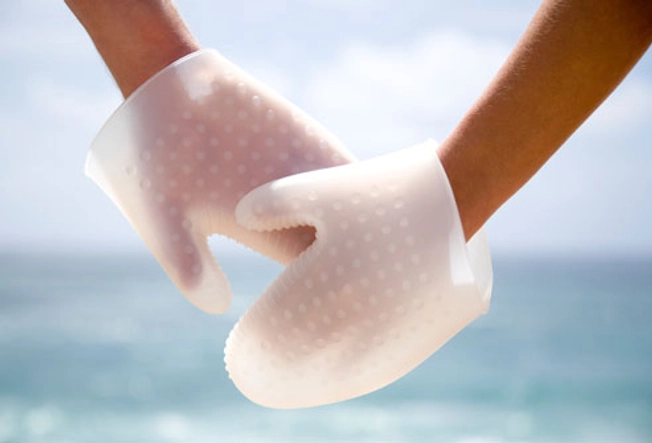
Preventing STDs
19/23
The best ways to avoid getting an STD are to abstain from any sexual contact and be in a monogamous, long-term relationship with an uninfected partner. To reduce the odds of getting STDs:
- Ask your partner if they have an STD.
- Ask partners to be tested before sexual activity.
- Use condoms.
- Avoid sexual activity if your partner has signs of an STD.
- Be aware of symptoms and get regular checkups with your health care provider.

The Limits of Condoms
20/23
While condoms are effective in preventing the spread of some STDs, they are not perfect. Condoms are better at protecting against gonorrhea, chlamydia, HIV, and trichomoniasis. But they offer less protection against herpes, syphilis, and genital warts. These infections can spread through contact with skin lesions that are not covered by a condom. Finally, condoms offer virtually no protection against crabs and scabies.

How to Tell Your Partner
21/23
If you think you have an STD, tell your partner(s) as soon as possible. You may be able to spread the infection even if you have already begun treatment or are using condoms. With some STDs, doctors recommend treating both partners at the same time. This may be a difficult conversation. Some people find it helpful to write a script ahead of time. Be sure to let your partner ask questions and express their feelings.

STDs and Pregnancy
22/23
It is important for pregnant women to be checked for STDs. They can cause women to go into labor too early and may complicate delivery. Many STDs can be passed from mother to baby during pregnancy, childbirth, or after the baby is born. STDs’ effects on babies can include stillbirth, low birth weight, neurologic problems, blindness, liver disease, and serious infection. But there are treatments to minimize these risks. Treatment during pregnancy can cure some STDs and lower the risk of passing the infection to your baby.

Can STDs Come Back?
23/23
Most STD treatments do not protect you from getting the same infection again. A course of drugs may cure gonorrhea, syphilis, chlamydia or trichomoniasis, but a new exposure can start a new infection. If your partner is not treated, you can continue to pass infections back and forth. And if you’re not taking the right precautions to protect yourself, you can be re-infected quickly or even pick up a second STD.
Show Sources
IMAGES PROVIDED BY:
1) Science Source, Dr P. Marazzi, Dr. Harout Tanielian, Biophoto Associates / Photo Researchers Inc.
2) London Scientific Films
3) Dr. P. Marazzi / Photo Researchers, Inc.
4) Juergen Berger / Photo Researchers, Interactive Medical Media LLC , Fitzpatrick’s Color Atlas & Synopsis of Clinical Dermatology
5) Science Source/Photo Researchers, Fitzpatrick’s Color Atlas & Synopsis of Clinical Dermatology
6) BSIP/Photo Researchers Inc
7) Interactive Medical Media LLC
8) Interactive Medical Media LLC, Fitzpatrick’s Color Atlas & Synopsis of Clinical Dermatology, Dr. Harold Fisher/Visuals Unlimited
9) Eye of Science/Photo Researchers Inc
10) Dr. M.A. Ansary / Photo Researchers, Inc., Science Source, Fitzpatrick’s Color Atlas & Synopsis of Clinical Dermatology
11) Bildagentur RM/Tips Italia
12) Bruce Forester/Photographer’s Choice
13) IMA / Photo Researchers Inc
14) Dr. M.A. Ansary / Photo Researchers, Inc., David M. Phillips / Photo Researchers, Inc, Fitzpatrick’s Color Atlas & Synopsis of Clinical Dermatolog
15) Dr. M.A. Ansary / Photo Researchers, Inc.
16) Judith Glick / Phototake
17) Clarissa Leahy/Photographer’s Choice
18) Christoph Martin/Lifesize
19) George Diebold/Photographer’s Choice
20) Michael Winokur/Workbook Stock
21) John Lamb/Stone
22) UHB Trust/Stone
23) Alan Powdrill/Stone
American Social Health Association.
American Social Health Association’s National Herpes Resource Center.
Centers for Disease Control and Prevention web site.
FDA web site.
Fleming, et al. The New England Journal of Medicine, Oct. 16, 1997.
March of Dimes web site.
Merck Manual, 17th edition.
National HIV Testing Resources.
National Institute of Allergy and Infectious Diseases.
National Institutes of Health.
The Nemours Foundation’s Kids Health web site.
U.S. Dept. of Health and Human Services.






